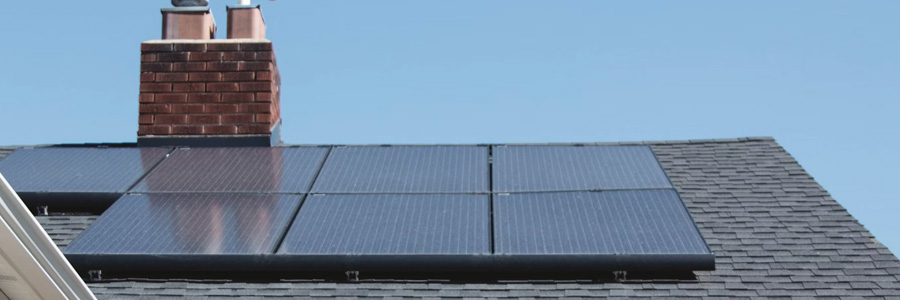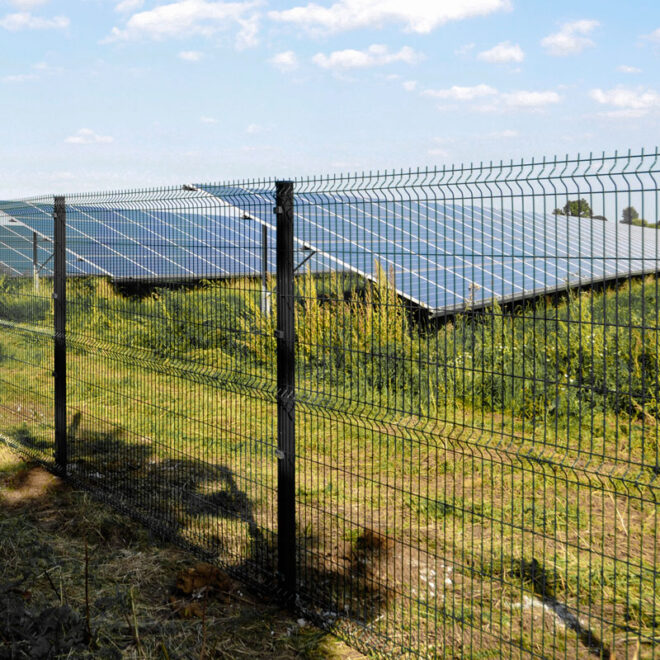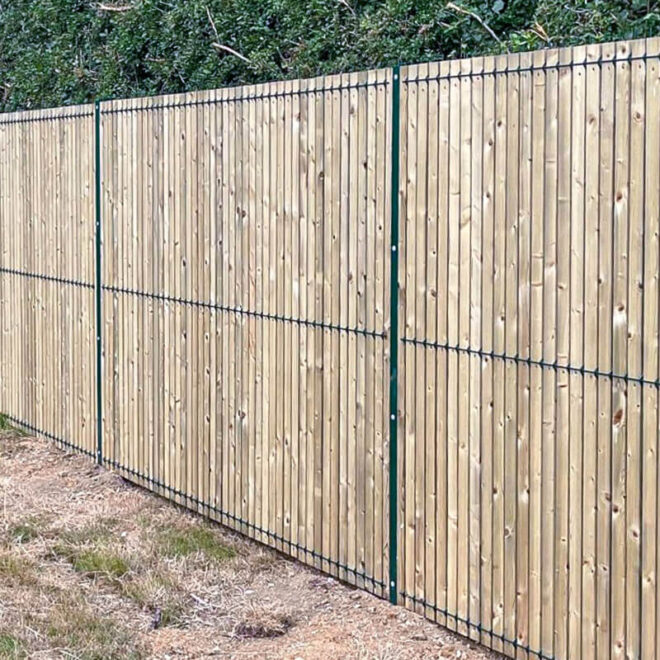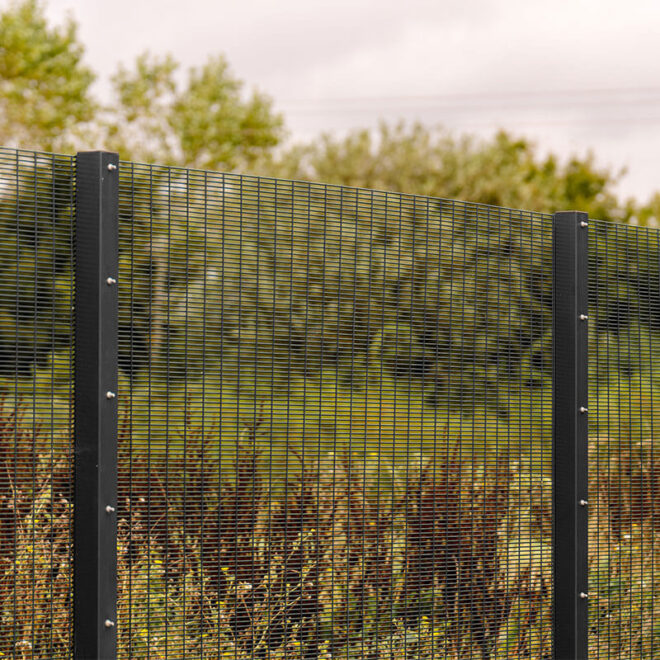Published:
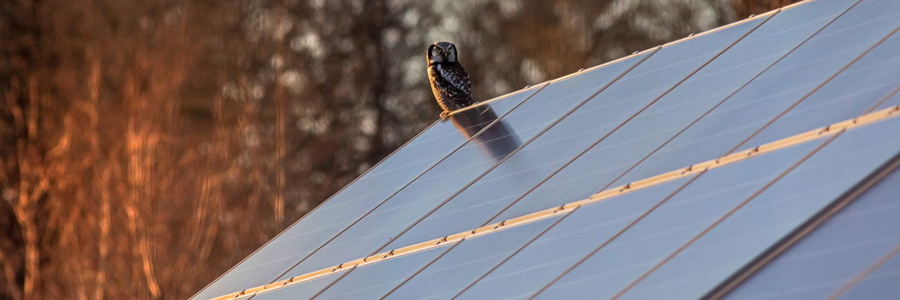
While residential properties often benefit from permitted development rights (meaning that planning permission isn’t required for most rooftop installations), there are exceptions – particularly for listed buildings, conservation areas, and ground-mounted systems.
Commercial solar projects, however, almost always require planning approval, as the scale and potential impact on the surrounding environment is much greater.
Understanding solar panel regulations is essential for a smooth installation process, so we’ve compiled this guide to help you figure it all out. Whether you’re exploring a small-scale residential installation or a large commercial project, here’s what you need to know to install solar.
Do You Need Planning Permission for Solar Panels?
Planning permission determines whether a proposed development can be legally constructed based on environmental impact, aesthetics, and local infrastructure.
Commercial solar projects, because of their larger scale and potential impact, almost always require approval from the local planning authority (LPA). So much so that you may as well apply for permission for all commercial solar panel installations. For residential properties, solar panels are usually classed as permitted development, meaning no formal permission is needed. However, certain restrictions apply, which we’ll explain below.
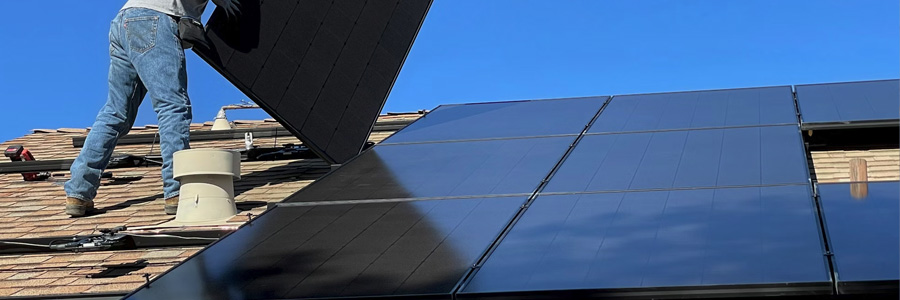
Planning Permission to Install Commercial Solar Panels
Commercial solar projects are subject to stricter regulations than residential. Businesses must obtain planning permission for most installations, especially large-scale rooftop or ground-mounted systems.
Fortunately, the UK’s National Planning Policy Framework (NPPF) encourages renewable energy developments. Paragraph 98 of the NPPF states that when determining the outcome of planning applications, local authorities should approve the application if its impacts are (or can be made) acceptable. That said, consultation with the LPA and the local community should begin early in the planning process.
When is Planning Permission Required for Residential Solar Panels?
Most homeowners can install rooftop solar panels without planning permission if they’re not visible from the road. However, exceptions include:
- Listed buildings: Panels must not affect the property’s historic character.
- Conservation areas, Areas of Outstanding Natural Beauty (AONB), and National Parks: Additional restrictions apply, especially for panels visible from the road.
- Ground-mounted solar panels: Planning permission is required if they exceed 9m² or stand higher than 4m.
- Large-scale installations: If the system extends significantly beyond the roof’s plane or exceeds specific size limits, permission will be required.
Even when permission isn’t needed, installations must always comply with building regulations while ensuring structural integrity and electrical safety.
Note: As of November 2023, the UK government relaxed the requirements for permitted developments in conservation areas so that homes with flat roofs no longer require planning permission to install solar.
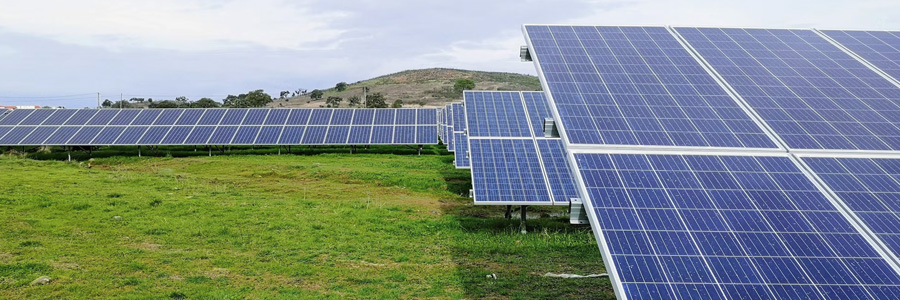
Permitted Development Checklist
Wondering if your residential solar panel installation will fall under permitted development? Here’s the criteria:
- Panels must not extend above the highest part of the roof, excluding the chimney, and should not protrude more than 20cm from the roof slope or wall surface (or from the plane of a flat roof).
- In conservation areas, wall-mounted solar panels cannot be installed on a wall that faces a highway, including roads, pathways, or public rights of way.
- Panels cannot be installed on a listed building or any structure within the grounds of a listed property.
- Equipment should be positioned to minimise its visual impact on the building and surrounding area, wherever practicable.
- When no longer in use, solar panels and related equipment must be removed as soon as reasonably possible.
Can I Have Solar Panels in My Garden?
Yes, you can, but planning permission may be required, as ground panels are subject to stricter regulations than rooftop systems. In residential properties, they must:
- Not exceed 9m² in total area, or 3m wide by 3m deep.
- Stand no taller than 4m above ground.
- Be positioned at least 5m from property boundaries.
So, if you have a large garden with plenty of space for panels, you can go ahead with this option. However, solar panels mounted on the roof are more secure from thievery and tampering. Since house break-ins are on the rise in the UK, we recommend installing solar panels on the roof and securing your perimeter with a robust fencing system.
Note: For commercial properties, standalone solar panels and ground-mounted installations almost always require planning permission due to their scale and potential land-use impact.
Key Considerations for Planning Approval
So, your solar panel system won’t meet permitted development conditions, and planning permission is required? Here are the main things that you (and your local planning authority) should take into account, whether for a large-scale commercial or small-scale residential project:
- Size and scale: Larger installations have greater planning scrutiny, particularly in urban or rural areas with landscape sensitivities.
- Impact on local infrastructure: The effect on surrounding buildings, road users, and access routes.
- Environmental and aesthetic impact: Considerations such as glare, wildlife disruption, and visual changes to the area.
- Protected areas: Sites within AONBs, conservation areas, or Green Belt land face additional restrictions.
- Building regulations: Regardless of planning permission, installations must meet building regulations to ensure safety, structural stability, and proper electrical integration.
- Notifying authorities: Solar PV systems must be registered with local Building Control unless installed by an MCS-certified contractor to ensure compliance with industry standards.
- Insurance implications: Property owners must inform insurers about solar panels, as they affect property value and potential risks. Some policies may require additional coverage for damage or liability.
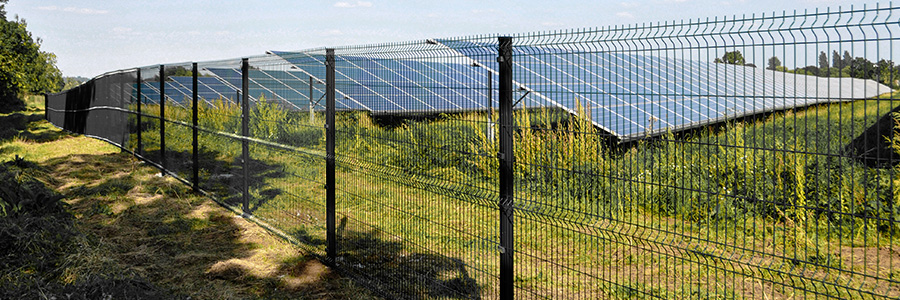
Ready to Install Solar?
Solar panels offer really valuable financial and environmental benefits, but we can’t get ahead of ourselves – understanding the planning regulations is crucial before installation. While most residential rooftop systems fall under permitted development, commercial installations will generally require planning permission. That shouldn’t stop you, however, as you’ll avoid unnecessary delays or legal issues by simply consulting with your LPC and following the correct application process.
For commercial solar arrays, securing the installation is just as important as obtaining planning permission. Alexandra Security’s SolarGard™ Fencing provides a high-security perimeter solution designed to protect solar installations from theft, vandalism, and unauthorised access. Its anti-climb mesh design makes it almost impossible to scale, while galvanised and powder-coated steel construction ensures durability and attractiveness in outdoor environments.
By securing the perimeter with robust fencing, solar array owners and operators can safeguard their investment, minimise disruption, and ensure long-term operational efficiency. To find out more about how we can secure your solar investment, contact us at 01892 833 001.



